2.7K
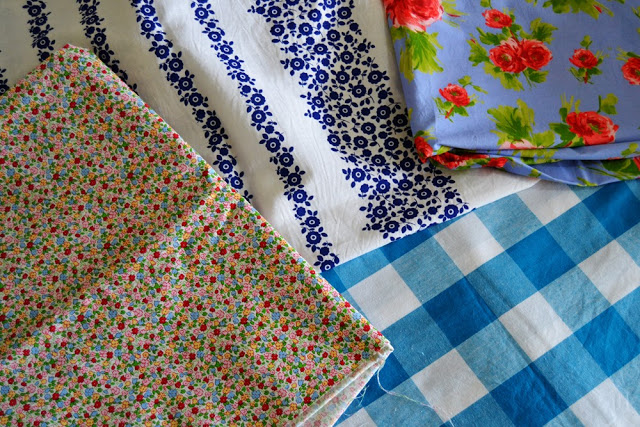 I love shopping for fabric! I have to admit that’s the only shopping I’m doing lately as I haven’t bought any clothes for at least 2 years (can’t say I’m saving any money though!). While designing the Camí dress, I came accross a few fabrics I thought would look nice and brought them back home.
I love shopping for fabric! I have to admit that’s the only shopping I’m doing lately as I haven’t bought any clothes for at least 2 years (can’t say I’m saving any money though!). While designing the Camí dress, I came accross a few fabrics I thought would look nice and brought them back home.
 This fabric I actually had before but I think it would look beautiful paired with the Camí dress pattern. It would make a very romantic dress. How about changing the shirt collar for a peter pan collar for a more 1950’s retro look? It’s a cotton poplin with a nice drape, a little bit of stretch and it’s very soft to the touch.
This fabric I actually had before but I think it would look beautiful paired with the Camí dress pattern. It would make a very romantic dress. How about changing the shirt collar for a peter pan collar for a more 1950’s retro look? It’s a cotton poplin with a nice drape, a little bit of stretch and it’s very soft to the touch.
 Gingham of course! There were 3 pattern testers versions made of gingham and they looked amazing. This one has bigger squares and would make such a cute summer dress with the short sleeves (very Dorothy from the Wizard of Oz!). There is a lot of variations possible: how about playing with the grainline for some pattern pieces? Or changing the skirt for a circle skirt?
Gingham of course! There were 3 pattern testers versions made of gingham and they looked amazing. This one has bigger squares and would make such a cute summer dress with the short sleeves (very Dorothy from the Wizard of Oz!). There is a lot of variations possible: how about playing with the grainline for some pattern pieces? Or changing the skirt for a circle skirt?
 With its basic dirndl skirt (2 rectangles gathered at the waist), the Camí dress allows you to play with borders. I found this white cotton-linen blend with blue flowers stripes and a larger stripe border that would look nice at the hem line. As a spring/summer version it would be so pretty and breathable, yet not too prone to wrinkle thanks to the cotton percentage.
With its basic dirndl skirt (2 rectangles gathered at the waist), the Camí dress allows you to play with borders. I found this white cotton-linen blend with blue flowers stripes and a larger stripe border that would look nice at the hem line. As a spring/summer version it would be so pretty and breathable, yet not too prone to wrinkle thanks to the cotton percentage.
 Finally, this is the fabric I am going to use for the Sew-Along. It’s a cotton fabric with little blue, red, yellow and green flowers. I will make the collar and cuffs in contrasting fabric: white cotton sateen. The one I have is a bit on the heavy side but it will do.
Finally, this is the fabric I am going to use for the Sew-Along. It’s a cotton fabric with little blue, red, yellow and green flowers. I will make the collar and cuffs in contrasting fabric: white cotton sateen. The one I have is a bit on the heavy side but it will do.
Let’s begin the Camí dress Sew-Along with the fabric selection.
The pattern specifies that you choose among cotton poplin, cotton sateen, linen, chambray, a cotton-silk blend or even a lightweight wool blend.
When buying your fabric, you should take into account the following points:
- Are you going to make the short or 3/4 length sleeves? For the short sleeves version, a lighter fabric might be more appropriate for the warm weather and easier to pair with a cardigan later. If you intent to make the 3/4 sleeves, what about a chambray or flanel version to make the transition into the colder months.
- You also want a fabric with a little of structure for the collar (and cuffs if you are making them). You are going to interface your fabric but imagine making your collar in chiffon… not great. But a cotton voile would be structured enough while still being very light, a nice compromise.
- The skirt of the Camí dress is designed to be very full. I know that some of you are afraid gathers at the waist will add volume to that area. Using a lightweight fabric with a nice drape is the perfect way to still have volume at the hem but not at the waist. Stay away from stiff quilting cotton!
 I love shopping for fabric! I have to admit that’s the only shopping I’m doing lately as I haven’t bought any clothes for at least 2 years (can’t say I’m saving any money though!). While designing the Camí dress, I came accross a few fabrics I thought would look nice and brought them back home.
I love shopping for fabric! I have to admit that’s the only shopping I’m doing lately as I haven’t bought any clothes for at least 2 years (can’t say I’m saving any money though!). While designing the Camí dress, I came accross a few fabrics I thought would look nice and brought them back home.You can also look at the dresses made by the pattern testers for fabric inspiration: part 1 and part 2.
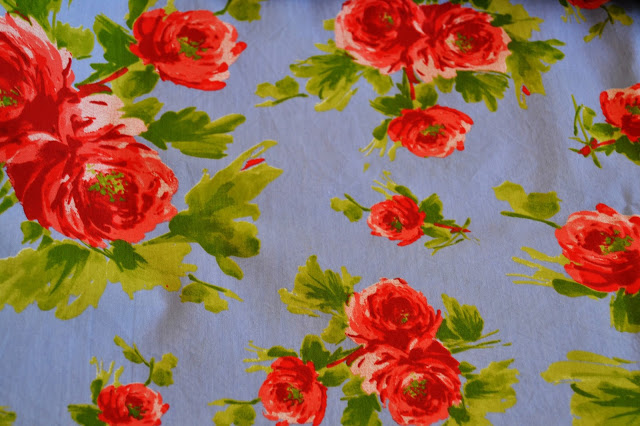 This fabric I actually had before but I think it would look beautiful paired with the Camí dress pattern. It would make a very romantic dress. How about changing the shirt collar for a peter pan collar for a more 1950’s retro look? It’s a cotton poplin with a nice drape, a little bit of stretch and it’s very soft to the touch.
This fabric I actually had before but I think it would look beautiful paired with the Camí dress pattern. It would make a very romantic dress. How about changing the shirt collar for a peter pan collar for a more 1950’s retro look? It’s a cotton poplin with a nice drape, a little bit of stretch and it’s very soft to the touch.
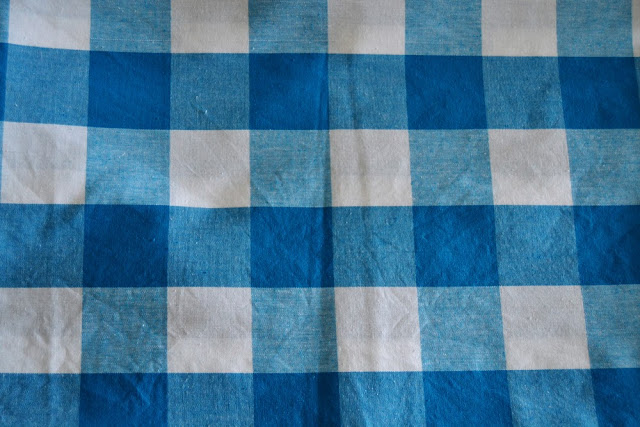 Gingham of course! There were 3 pattern testers versions made of gingham and they looked amazing. This one has bigger squares and would make such a cute summer dress with the short sleeves (very Dorothy from the Wizard of Oz!). There is a lot of variations possible: how about playing with the grainline for some pattern pieces? Or changing the skirt for a circle skirt?
Gingham of course! There were 3 pattern testers versions made of gingham and they looked amazing. This one has bigger squares and would make such a cute summer dress with the short sleeves (very Dorothy from the Wizard of Oz!). There is a lot of variations possible: how about playing with the grainline for some pattern pieces? Or changing the skirt for a circle skirt?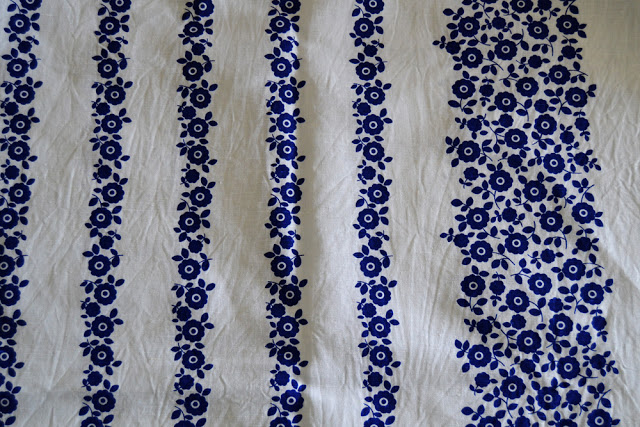 With its basic dirndl skirt (2 rectangles gathered at the waist), the Camí dress allows you to play with borders. I found this white cotton-linen blend with blue flowers stripes and a larger stripe border that would look nice at the hem line. As a spring/summer version it would be so pretty and breathable, yet not too prone to wrinkle thanks to the cotton percentage.
With its basic dirndl skirt (2 rectangles gathered at the waist), the Camí dress allows you to play with borders. I found this white cotton-linen blend with blue flowers stripes and a larger stripe border that would look nice at the hem line. As a spring/summer version it would be so pretty and breathable, yet not too prone to wrinkle thanks to the cotton percentage.
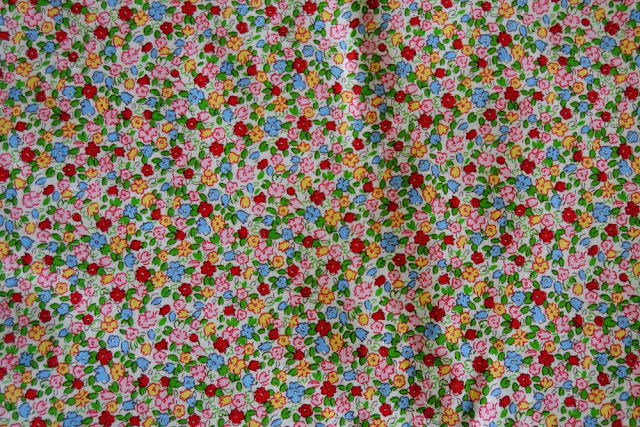 Finally, this is the fabric I am going to use for the Sew-Along. It’s a cotton fabric with little blue, red, yellow and green flowers. I will make the collar and cuffs in contrasting fabric: white cotton sateen. The one I have is a bit on the heavy side but it will do.
Finally, this is the fabric I am going to use for the Sew-Along. It’s a cotton fabric with little blue, red, yellow and green flowers. I will make the collar and cuffs in contrasting fabric: white cotton sateen. The one I have is a bit on the heavy side but it will do.Let me know what fabric you are using.
Find the schedule of the Sew-Along here.
Find the schedule of the Sew-Along here.

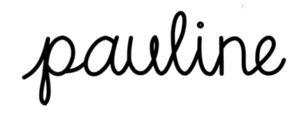
12 comments
Muy buena idea lo de hacer un sewalong! Yo ya he terminado el vestido, solo me falta sacarme unas fotos! Lo he cosido con una tela finita bordada y en manga corta para el verano, me tendré que hacer otra para el invierno 🙂
¡Tengo muchas ganas de verlo Maider! Seguro que está precioso. El Cose-Conmigo va a explicar el detalle como hacer las mangas francesas con puños así que perfecto para el otoño/invierno 🙂
En bloglovin me ha aparecido hoy por arte de magia tu entrada de ayer, casi se me pasa jajaja No sé de donde voy a sacar el tiempo, pero está todo tan perfectamente milimetrado que creo que con un poquito cada día podré hacerlo 🙂 Lo que pasa que ahora tengo una duda enorme con la tela. Tengo unas que compré en París este verano, son de algodón, pero a lo mejor son muy tiesas y son muy de verano… "Habré" de estudiar el asunto a conciencia 🙂 Besos y gracias!
http://modistilladepacotilla.blogspot.com.es
¡Hola Alicia! Sabes que son pasos pequeños así que incluso si faltas uno, puedes hacer dos sin problema el día siguiente (o todos los de la semana en el fin de). Lo de la tela, pues depende si quieres un vestido de verano o de invierno. Pero si no, a mi me encanta las tela de verano en invierno 🙂 (y en algunas tiendas, siguen de rebajas, jeje)
Un besito guapa.
Ay ay ay…. que casi me lo pierdo… acabo de comprar el patrón. ahora solo tengo que imprimirlo, comprar la tela, coserlo…. necesito horas!!
No sé cómo lo voy a hacer pero esta invierno lo estreno!!
Besicos
http://hormiguica.blogspot.com.es/
¡Gracias Noemi! Parecen muchas cosas pero con una horita al día puedes seguirlo. Y si no las tienes, sabes que el post se queda aquí y puedes volver más tarde (o coger una tarde y juntar 3 o 4 puntos sin problema). Prefería hacer más entradas de cosas más cortas.
Dejanos saber que tela eliges por favor…
Un beso.
Creo que ya tengo decidida la tela con la que voy a coser el vestido. Como aquí en Málaga todavía hace calor, he optado por una versión de verano pero con manga francesa. Había pensado coserlo en popelín marino con las costuras en rojo. ¿Qué te parece?
Me parece un super idea. Así lo podrás poner en otoño también con una rebeca y unas medias.
Pauline!! Qué lujo un sew along!! Me encantan las telas!! me tienta hacer otro contigo!! ayy!!! y apenas tengo tiempo!! este patrón es un vicio!! un besito
Gracias Sonia! ¿Entonces te apuntas?
Pauline me pregunto que tal quedaría en una versión más otoñal, en vez de popelín tela de punto, y la falda en vez de fruncida, en semi capa. ¿Crees que funcionaría? O que otro tipo de tela para otoño-invierno piensas que iría mejor??. Gracias!!
Hola Mary Carmen, perdoname el retraso. En punto creo que se puede pero cuidado Por ejemplo, el cuello no me parece que se puede hacer, incluso con entretela. Pero la verdad es que no soy nada experta en telas de punto así que si tu conoces bien y piensas que se puede hacer, intentalo. Para la falda, si semi capa significa semi-circulo, voy a hacer un post especial sobre como hacer el patrón de una falda circular. Es una variación que me encanta. Creo que puedes hacerlo con una lana muy finita (o mezcla lana/algodón) o una franela para el otoño. ¿O porque no una mezcla con seda (guarda muy bien el calor sin ser gruesa)?
Comments are closed.